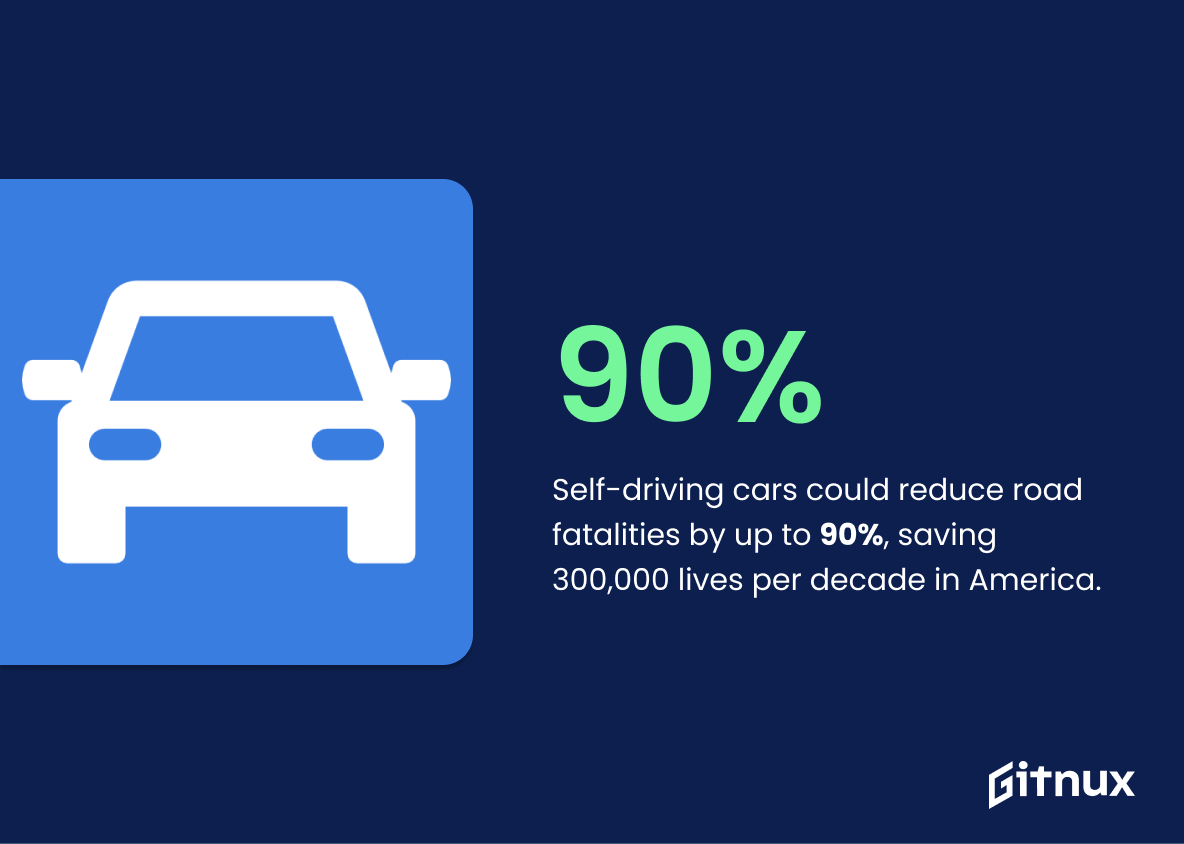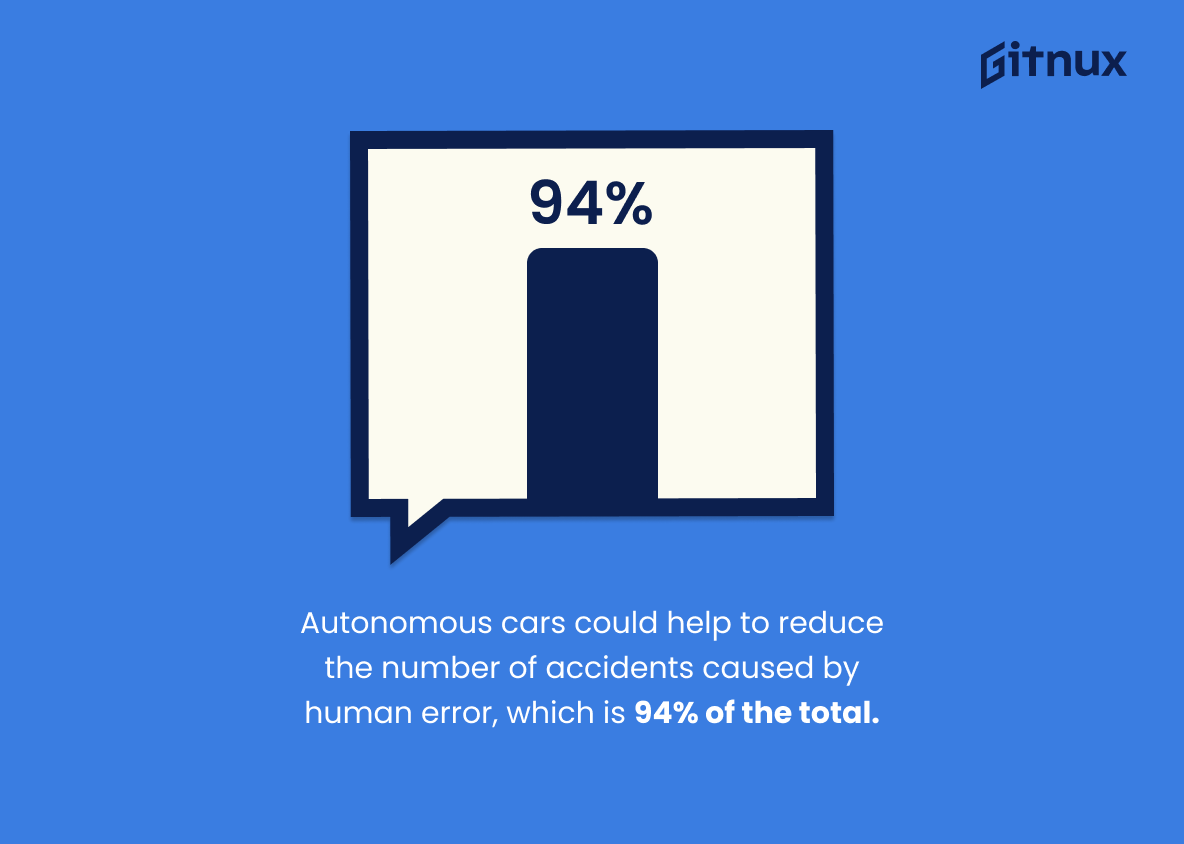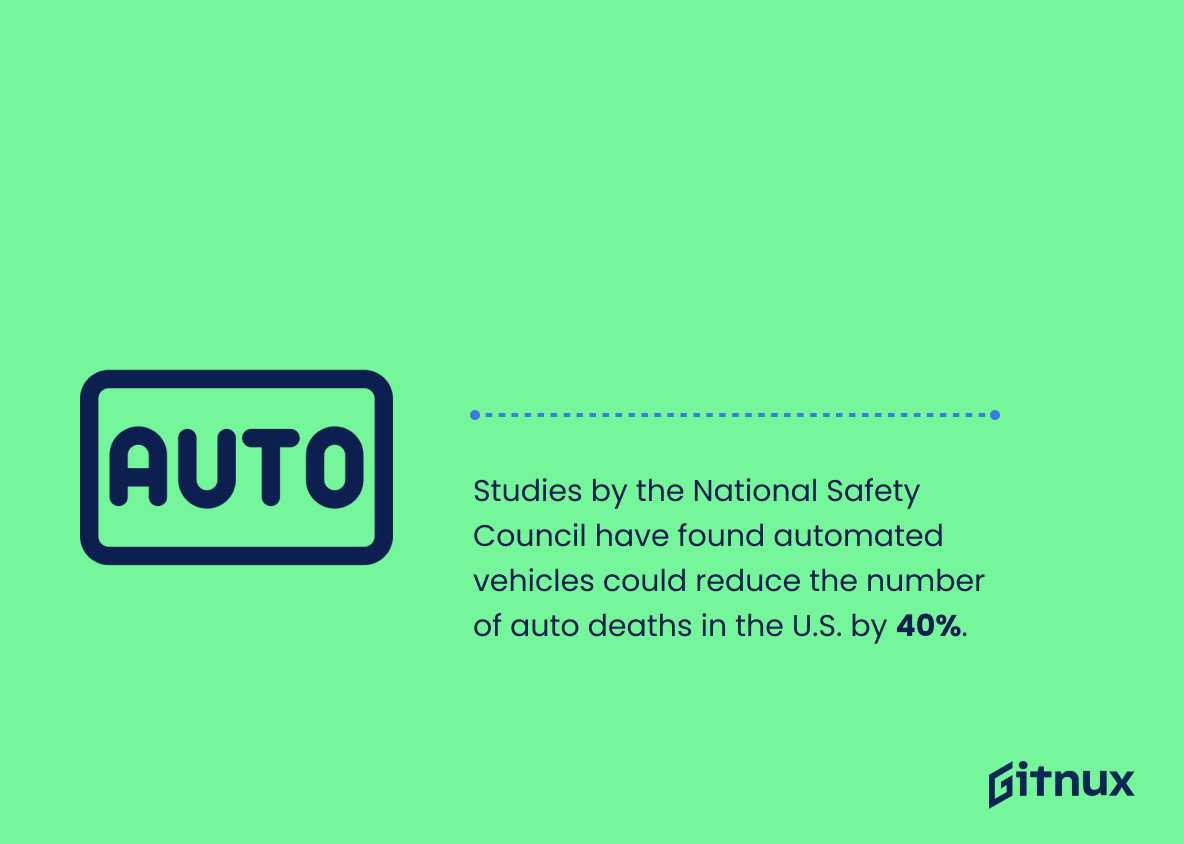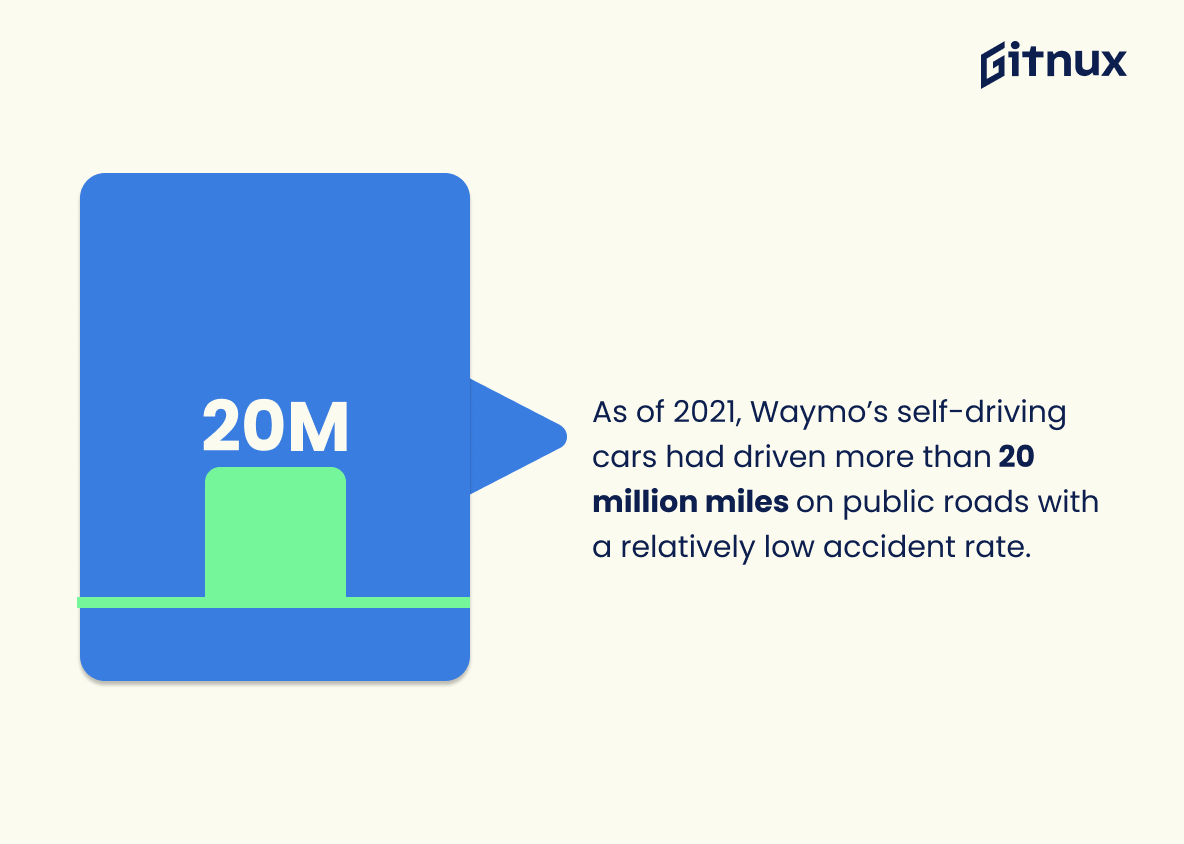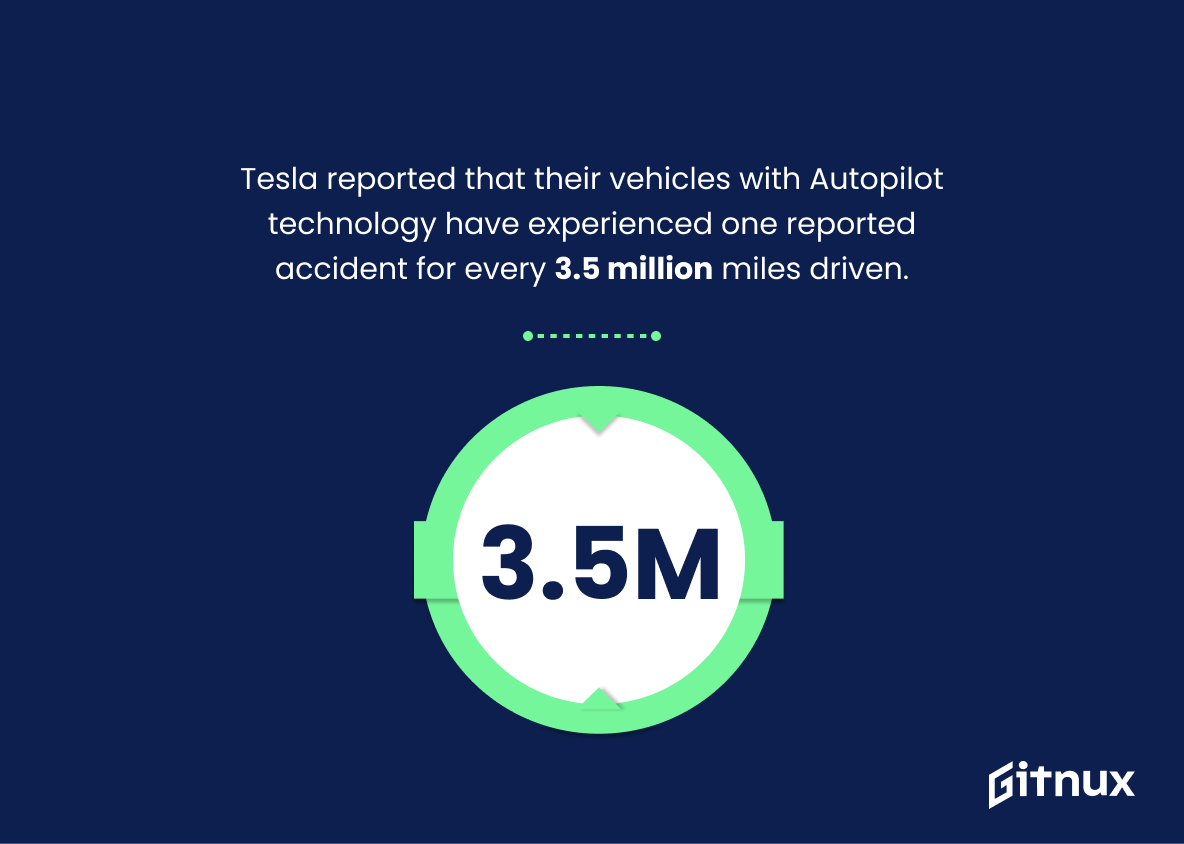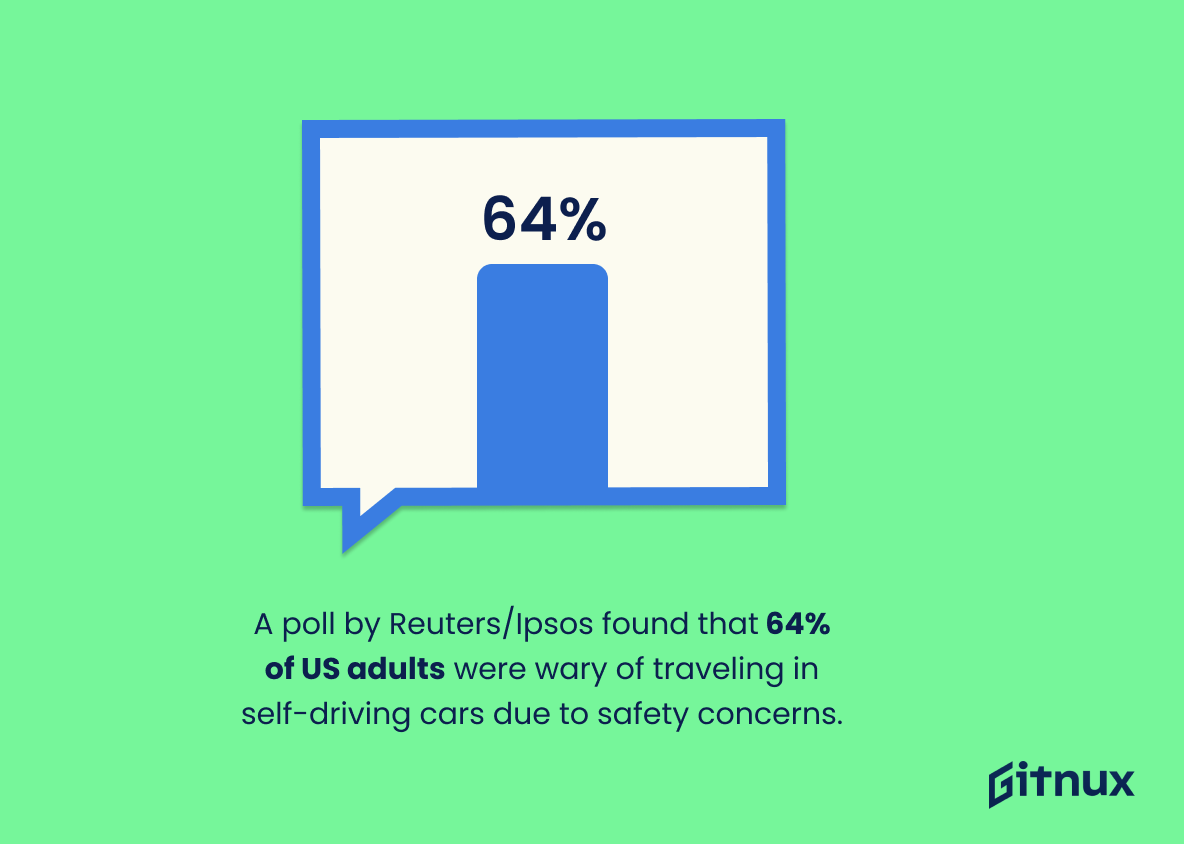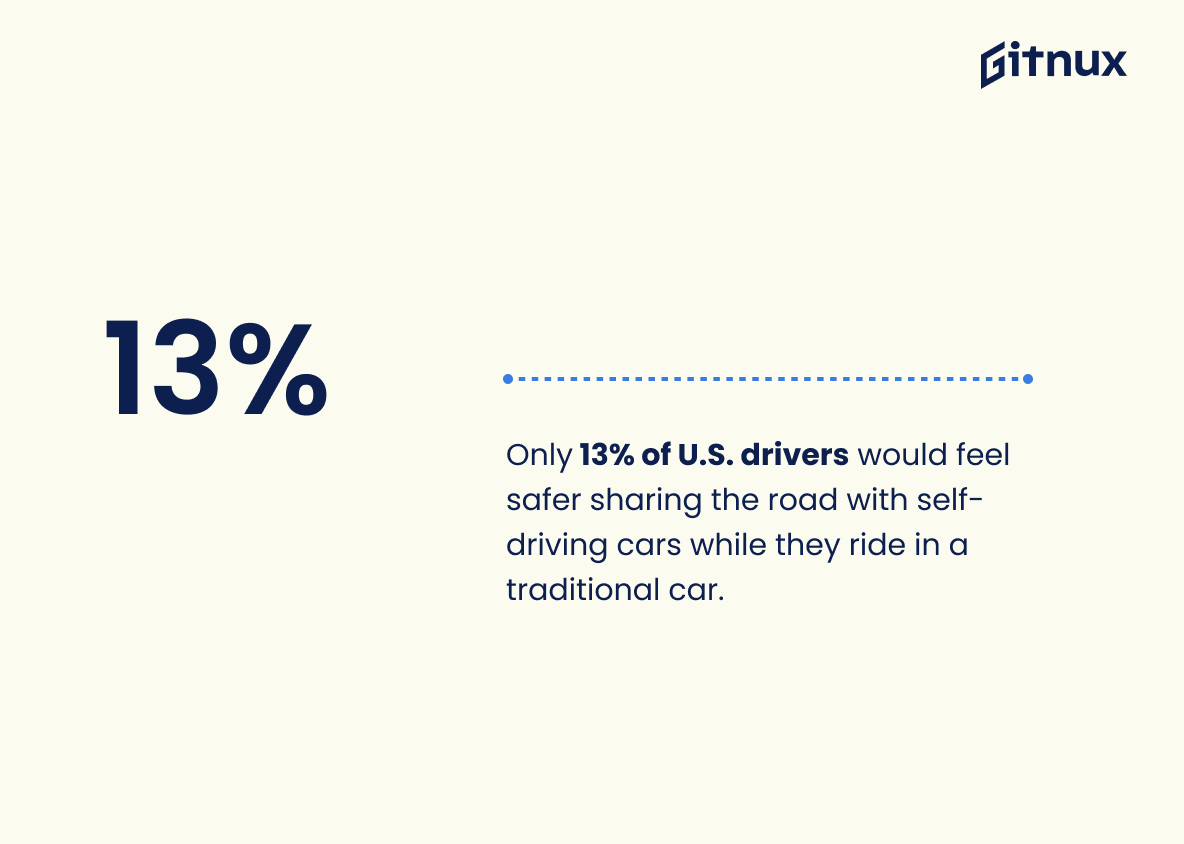Welcome to our latest deep-dive into the realm of road safety. Today, we’re shifting our spotlight onto an aspect that is often overlooked but is significantly impactful – accidents involving semi trucks and cars. Despite their colossal presence on the highways, the statistics surrounding semi trucks colliding with cars can be alarmingly elusive.
This reserved segment of our blog aims to unpack some of these startling numbers, scrutinize statistical trends, and ultimately shed light on the frequency and repercussions of these incidents. Join us as we explore this under-discussed intersection of transportation and safety in our comprehensive rundown of semi truck versus car accident statistics.
The Latest Semi Truck Vs Car Accident Statistics Unveiled
Approximately 500,000 trucking accidents occur each year in the United States.
Diving into the eye-opening world of semi truck versus car accident statistics, it’s hard to ignore the staggering figure of approximately 500,000 trucking accidents occurring each year in the United States. Consider the sheer magnitude of this number; it punctuates the narrative with a stark reminder of the frequency and potential chaos brought about by such accidents.
This statistic carves out an integral space in our conversation by offering a panoramic view of the landscape of trucking accidents and their sheer commonality. It arms readers with a numerical context, acting as a catalyst for better understanding the gravity of our discussion topic. Moreover, it underscores the imperativeness of safety measures, adherence to traffic rules, and the urgent need for appropriate regulations.
In 2019, 4,119 people died in large truck crashes. Sixteen percent were truck occupants, 67% were occupants of cars and other passenger vehicles, and 15% were pedestrians, bicyclists or motorcyclists.
This captivating detail sheds light on the grim reality of road safety and outlines a stark contrast in semi truck versus car accident outcomes. More significantly, it paints a vivid statistical picture illustrating the dire consequences faced by occupants of cars and other passenger vehicles. The statistic glaringly reveals that victims are disproportionately non-truck drivers with a staggering 67%.
Furthermore, it underscores the vulnerability of pedestrians, bicyclists, and motorcyclists, accounting for 15% of these fatal incidents. It holds immense influence in shaping dialogue around road safety policies, trucking regulations, and initiating conversations about vehicle safety features. In a broader sense, such data propels the narrative forward, signaling urgency for interventions and amplifying the advocacy for safer roads.
74% of all fatal passenger vehicle occupant deaths involved a collision with a large truck in 2018.
The chilling figure that 74% of all fatal passenger vehicle occupant deaths involved a collision with a large truck in 2018 serves as a stark reminder in our Semi Truck Vs Car Accident Statistics blog post. It underscores just how deadly large trucks can be when they collide with passenger vehicles.
This statistic doesn’t just imply the sheer volume of these tragic accidents, but highlights the danger difference when cars, typically smaller and lighter, come into contact with semi-trucks, known for their massive size and weight. It shines a spotlight on the urgent need for improved highway safety measures, stringent traffic rules and reinforced vehicle safety standards. This reality casts a long shadow on road safety and pushes us to delve deeper into the problem, find its root cause and come up with strategies to mitigate it.
In 2017, 4,657 large trucks were involved in fatal crashes, a 9-percent increase from 2016.
Highlighting a significant reality with the 2017 data, readers on this blog will get insights into the heightened safety concerns surrounding large trucks. The shocking rise of 9 percent in fatal crash involvement of these massive vehicles from 2016 triggers a strong call for an immediate review and improvements in safety measures.
In the context of comparing semi trucks and car accidents, it underscores the higher risks and deadly consequences associated with semi trucks. This compelling statistic serves as a critical cornerstone of our discussion, illuminating the intensity of the problem and emphasising the urgent need for reform in the trucking industry to save lives on the road.
The fatal crash rate per mile traveled in 2017 was nearly 50 percent greater for trucks than for all vehicles on the roads.
Unveiling this potent statistical insight into the fatal crash rate per mile traversed in 2017, observed to be approximately 50 percent higher for trucks as compared to other vehicles, sets down a crucial groundwork for addressing Semi Truck Vs Car Accident Statistics. It provides an alarming reference for dissecting the disproportionate risks involved in truck accidents.
This knowledge not only fuels our understanding of the disquieting reality, but also drives home the urgency of adopting robust safety measures, investigating the diverse contributing factors and encouraging constructive policy conversations around trucking safety. This stat underscores the daunting reality of road safety, a pivotal focus of our blog’s discussion on semi-truck and car accident statistics.
61% of fatal crashes involving large trucks occurred on rural roads in 2018.
Semi Truck Vs Car Accident Statistics reveal some striking facts, notably the compelling data that reveals the proportion of serious accidents skewed largely towards rural areas in 2018. By unpacking the alarming revelation that 61% of fatal crashes involving large trucks took place on rural roads, the statistics paint a vivid picture.
Sorting through these numbers, it becomes evident that the quaint country lanes often associated with peace and tranquility can mask a more dangerous reality, becoming the backdrop for over half of the year’s deadly large truck accidents. This significant figure alerts all road users – whether in vehicles big or small – to exercise heightened vigilance when navigating rural roads, offering crucial context in shaping our understanding and approach towards road safety.
60% of fatal crashes involving semi-trucks happen during the daytime (6:00 a.m. to 6:00 p.m.).
Shining a light on the fact that 60% of fatal crashes involving semi-trucks occur during daytime hours (6:00 a.m. to 6:00 p.m.) introduces a palpable shift in what may be a widely held belief – that the cloak of night, with its diminished visibility, creates the most hazardous conditions for driving. Unraveling this misconception, the statistic heralds a powerful reminder to exercise caution, not just in the night, but also during the day.
It underscores the fact that risks on the road don’t dissipate with the dawn but continue to lurk during hours of the day when drivers might be in auto-pilot mode, lulled into complacency by the brightness of daylight. Thus, this eye-opening data not only anchors the conversation about semi-truck vs car accident statistics but compels us to navigate the narrative around road safety with increased attention and vigilance.
83% of fatal crashes involving large trucks occurred on weekdays in 2018.
The weekday statistic about fatal crashes involving large trucks paints a fascinating and alarming portrait of road safety. With 83% of these calamitous events occurring between Monday and Friday, it reveals a startling reality about the risk implication of weekday travel.
This nugget of data provides essential context, shedding light on the heightened dangers that accompany the bustle of weekdays, likely linked to increased road usage and congested traffic. In our conversation on Semi Truck Vs Car Accident Statistics, it serves as a critical piece of the puzzle, emphasizing the necessity for strategic safety measures during these high-risk days.
In 2018, 52% of deaths in large truck crashes occurred in crashes in which the truck was the striking vehicle.
Highlighting the statistic that 52% of deaths in large truck crashes in 2018 were the result of the truck being the striking vehicle spotlights a sobering reality. It underscores the weighted role large trucks play in fatal accidents, certainly a compelling point to consider when discussing Semi Truck Vs Car Accident Statistics.
This piece of data not only deepens the understanding of the inherent dangers in these kinds of collisions but also implores readers to grasp the gravity of the situation. The statistic paints a vivid picture of the potential deadly consequences, making it as alarming as it is invaluable for informing discussions about roadway safety, trucking regulations, and accident prevention.
In 2017, fatal multi-vehicle crashes involving large trucks where the large truck was struck first often occurred under the darkness (49%) and straight roads (75%).
Shedding light on the unseen, the data from 2017 opens our eyes to the pervasive threat that the darkness poses for large trucks involved in fatal multi-vehicle accidents, with nearly half of these occurring under the cover of night. Now, if we step onto the battlefield of straight roads, it’s chilling to observe that three-quarters of major accidents involving trucks getting hit first happened on such terrains.
These statistics serve as dire reminders of the under-appreciated risks on our roads, underscoring the need for improved visibility, especially during nighttime, and enhanced safety measures on straight roads — crucial talking points in our blog post on Semi Truck Vs Car Accident Statistics. More than just numbers, these are cries for action.
68% of large truck occupant fatalities were drivers in 2018.
Unraveling the tapestry of safety on our roads leads us to the grim yet compelling discovery that in 2018, a significant 68% of large truck occupant fatalities were indeed the drivers themselves. In dissecting the often complex world of Semi Truck Vs Car Accident Statistics, this piece of data delivers a unique insight into the inherent risks faced by truck drivers.
This alarming fact not only serves as a stark reminder of the perils truck operators face on the road globally, but it also illuminates a clear and pressing need to augment driver safety measures and enforce stricter regulations in the trucking industry. So, serving as the fulcrum around which the entire discussion on car-truck accident statistic unfolds, it opens a window into the world of life on the road, portraying a poignant picture of the dangers lurking along every highway, and underlining the dire importance of implementing effective safety protocols.
Only 2% of drivers of large trucks involved in fatal crashes in 2017 had a blood alcohol concentration (BAC) of .08 g/dL or higher.
This intriguing snippet of data showcases the perceived stereotype of truck drivers consuming alcohol may not hold its ground, as a mere 2% of large truck operators in fatal accidents in 2017 exhibited a BAC level of .08 g/dL or more. It underscores the fact that while alcohol consumption is a serious safety concern on our roads, it is quite infrequent in fatal incidents involving large trucks.
Such a statistic prompts deeper thought and discussion about other contributing factors in semi truck vs car accidents – perhaps underscoring the need to focus on elements such as driver fatigue, vehicle maintenance, or weather conditions.
In 2018, 22% of passenger vehicle occupants killed in large truck crashes were not wearing a seatbelt.
Highlighting the fact that in 2018, 22% of passenger vehicle occupants who lost their lives in large truck collisions weren’t strapped in, underscores the grim yet vital correlation between seatbelt use and fatality rates in such incidents. It serves as a stark reminder and a sobering caution to readers.
In deciphering these figures, the blog post’s narrative lays out the potentially great cost of neglecting basic safety measures within the realm of semi-truck and car accidents. It stresses the importance of such preventive actions in mitigating fatal outcomes, making this statistic a noteworthy part of the post’s message on car safety.
At least 30% of all severe truck accidents in 2016 occurred due to some kind of vehicle failure, commonly when the brakes failed.
Drawing attention to the aforementioned statistic —the fact that a substantial proportion, i.e., at least 30% of severe truck accidents in 2016, were attributed to vehicle failures, particularly brake malfunctions—can serve as an eye-opening truth for readers of a blog post focused on Semi Truck Vs Car Accident Statistics. It introduces an unexpected adversary into the mix: mechanical failure.
The implication is, it’s not just the comparative size, weight disparity or operating capabilities of the two vehicles in question shaping accident frequency and severity. Instead, in an intriguing twist, the spotlight is sensationally thrown onto the internal workings of the trucks themselves, becoming an integral part component of the narrative. This revelation encourages readers to delve deeper into the nuanced world of vehicular accidents, where understanding extends beyond a binary comparison.
In 2017, 30% of work zone fatal crashes involved at least one large truck.
Spotlighting the fact that, in 2017, an alarming 30% of fatal accidents in work zones had involvement from at least one large truck, we can gain an enlightening perspective into the world of semi-truck versus car incidents. This notable statistic profoundly underscores the engrained risk associated with large trucks in work zones, forming a vital cog within the discussion of semi-truck and car accident dynamics.
It leaps out of the page, compelling us to scrutinize the existing preventive measures, driving protocols, and truck regulation standards. It also instigates a deeper probe into truck driver training and vehicle maintenance, linking directly to the ultimate objective of our discourse – amplifying the safety in semi-truck and car coexistence on the roads.
In 2017, 41% of large truck fatal crashes and 20% of large truck injury crashes involved a large truck colliding with another vehicle in transport.
Weaving this statistic into the tapestry of a blog post about Semi Truck Vs Car Accident Statistics imparts pivotal context. It offers a stark reality check by underlining the substantial proportion – 41% – of fatal large truck crashes that were the result of collisions with other vehicles in transit back in 2017. Additionally, it portrays a similar pattern for truck-related injuries, with 20% linked to the same scenario.
This reinforces the inherent perils of vehicular interactions involving large trucks, highlighting the eerie dance-of-danger semi trucks and cars unknowingly participate in on our roads. A silent story of predation and vulnerability, these numbers stand as solemn beacons urging us to understand, act and reduce this perturbing phenomenon.
53% of all fatal truck accidents occur on major roads that are not considered freeways or interstates.
This particular statistic, encapsulating the reality that over half of fatal truck accidents transpire on main roads, not freeways or interstates, underscores a complex issue at the crossroads of safety legislation, infrastructure planning, and transport policies.
It strikes a deep cord in a blog post about Semi Truck Vs Car statistics as it flips a common misbelief on its head: main roads, not the high-speed highways, are the accident hotspots. This single figure provokes a rethink of our road habits, defensive driving techniques, and even policy priorities, making the blog post not just a dry recital of numbers but a compelling conversation starter.
Failure to keep in proper lane, or running off the road, is a leading cause of death in truck crashes, accounting for about 32% of all fatal truck accidents.
In the discussion of Semi Truck Vs Car Accident Statistics, one cannot overlook the chilling revelation that nearly a third of fatal truck accidents stem from a failure to maintain a proper lane or veering off the road. This startling figure underscores the serious implications of minor driving errors in the realm of trucking accidents. Engaged in a deadly dance of metal and speed, semi-trucks and cars share the roadways, and the odds teeter dangerously when truck drivers lose control.
The 32% statistic serves as a sobering spotlight, highlighting the need for reinforced driving training programs and advanced safety measures to prevent such devastating tragedies. Furthermore, this vital piece of information paints a clear image of exactly how crucial it is for drivers, both in big rigs and personal vehicles, to exercise utmost vigilance on the road.
Conclusion
Semi truck and car accidents are more than simple road incidents; they are significant events that often lead to devastating outcomes. Statistics indicate that semi trucks are frequently involved in traffic accidents that result in severe damage or fatalities, primarily due to their sheer size and weight. The comparative vulnerability of car passengers underscores the critical importance of greater safety measures, awareness, and adherence to traffic regulations by all transport stakeholders.
These accidents demonstrate not just the necessity for alertness while driving, but also the imperative for improved policies, infrastructure, and education to safeguard all road users. By seriously understanding and applying the lessons these accident statistics present to us, we can hope to significantly decrease related injuries and fatalities on our roads in the future.
References
0. – https://www.www.iihs.org
1. – https://www.www.nhtsa.gov
2. – https://www.www.fmcsa.dot.gov
3. – https://www.www.nolo.com
4. – https://www.levinsonlawgroup.com
5. – https://www.www.truckinfo.net
